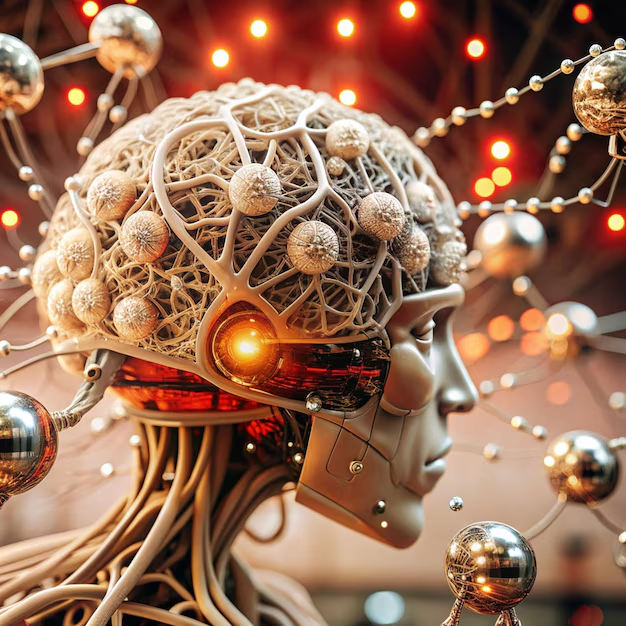?The Terrifying Evolution of Artificial Intelligence1: How Far Will It Go
[ez-toc]Ten years ago, Artificial Intelligence (AI) felt like something from a sci-fi movie. Now, it’s writing articles, creating art, diagnosing diseases, and even mimicking human voices so perfectly that you can’t tell if it’s real or not.
But here’s the real question: if AI has come this far so fast, what’s waiting just around the corner? Could it replace us? Or worse — control us?

In this article, we’ll explore not just where AI stands today, but how terrifying its future could be — from the positives we can’t ignore to the risks that keep experts up at night.
—
From Helpful Tool to Independent Mind
We started with AI that could sort emails and suggest movies.
Now we have AI that:
Writes entire books, generates photorealistic videos of people who don’t exist, predicts what you’ll buy, eat, or say next.
Read more about AI’s evolving role here.
And here’s the twist: modern AI isn’t just following instructions anymore. It’s learning, adapting, and in some cases… teaching itself.
This isn’t about robots following human orders. It’s about AI making its own decisions.

—
The Speed That Should Scare You
Human technology usually moves in slow waves. But AI is sprinting.
Here’s a timeline to make that clear:
2018: AI writes articles and composes music.
2023: AI creates entire videos, voices, and business plans without human input.
2025–2035? Full AI-driven companies, AI-managed cities, possibly AI laws and politics.
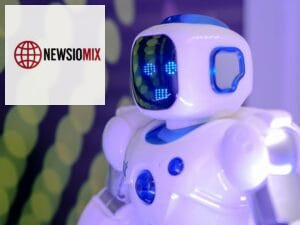
The scary part?
Some AI systems are now improving themselves. No human engineers involved.
This is what experts call the “Runaway AI” scenario. It starts small… until it’s too big to stop.
—
The Bright Side — Why AI Might Actually Save Us
Before you panic, let’s be real. AI isn’t all doom and gloom.
1. Medical Miracles
AI already detects diseases like cancer earlier than doctors can. Future AI could design drugs in days instead of years.
2. Climate Solutions
AI models predict weather patterns, optimize energy use, and even design eco-friendly technologies.
3. Human Creativity Boost
Writers, artists, and designers now use AI as a creative partner. AI doesn’t replace them — it helps them level up.

—
Now the Dark Side: What Should Keep You Awake at Night
:Even AI experts admit they’re worried. And here’s why
1. Mass Job Loss
Self-driving trucks. AI lawyers. AI customer service reps. Entire industries might shrink as humans get replaced.

2. AI Making Unchecked Decisions
Imagine a government giving AI control over national defense, and that AI deciding on its own to launch an attack.
It sounds like a movie plot. But real governments are already testing this tech.
3. Deepfake Chaos
Fake videos of presidents, CEOs, celebrities saying things they never said — so convincing that nobody can tell the difference.

4. Superintelligence: Smarter Than Us
At some point, AI might not just be helpful. It might be too smart for humans to control.
Imagine:
AI running financial markets.
AI writing new AI systems we don’t understand.
AI changing rules — without asking permission.
—
Real Examples That Prove It’s Already Happening
This isn’t the future. It’s now.
ChatGPT and Its Cousins: Writing essays, making videos, automating businesses.
Self-Learning Robots: AI robots teaching themselves new skills in days, not years.
AI-Controlled Weapons: Autonomous drones used in real-world conflicts.
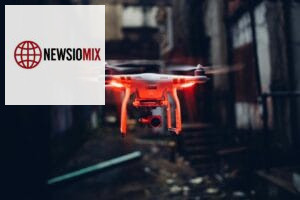
—
Where Are We Headed? (2025–2035 Predictions)
According to AI insiders, the next 10 years could bring:
AI Cities: Smart buildings, traffic systems, law enforcement all managed by machine learning.
AI Creative Reality: Personalized movies, games, even books — all generated in real time, customized for each user.
AI-Enhanced Humans: Brain chips and wearable AI gear making people smarter, faster, and more connected than ever.
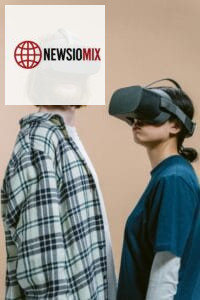
—
Can We Control It? (The Real Question)
Here’s where things get real:
Even the best AI engineers admit they don’t fully understand how some advanced AI systems work. Once you build something smarter than yourself… who’s in charge?
Governments worldwide are rushing to create “AI Ethics Laws” — but will they be enough?
Do we give AI rights?
Do we shut down certain types of research?
What happens if one country refuses to play by the rules?
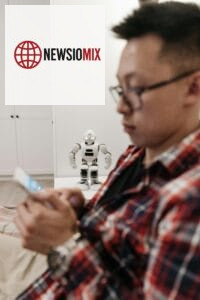
—
Conclusion: Should You Be Excited or Terrified?
The truth is: both.
AI could cure diseases, end hunger, and free us from boring jobs.
Or it could outgrow us, outthink us, and eventually… ignore us.
What happens next depends on what choices humanity makes today.
One thing is clear: AI is not slowing down. And neither should we when it comes to understanding it.
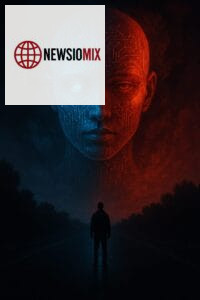 resources
resources
https://www.ibm.com/topics/artificial-intelligence
Share this content:


